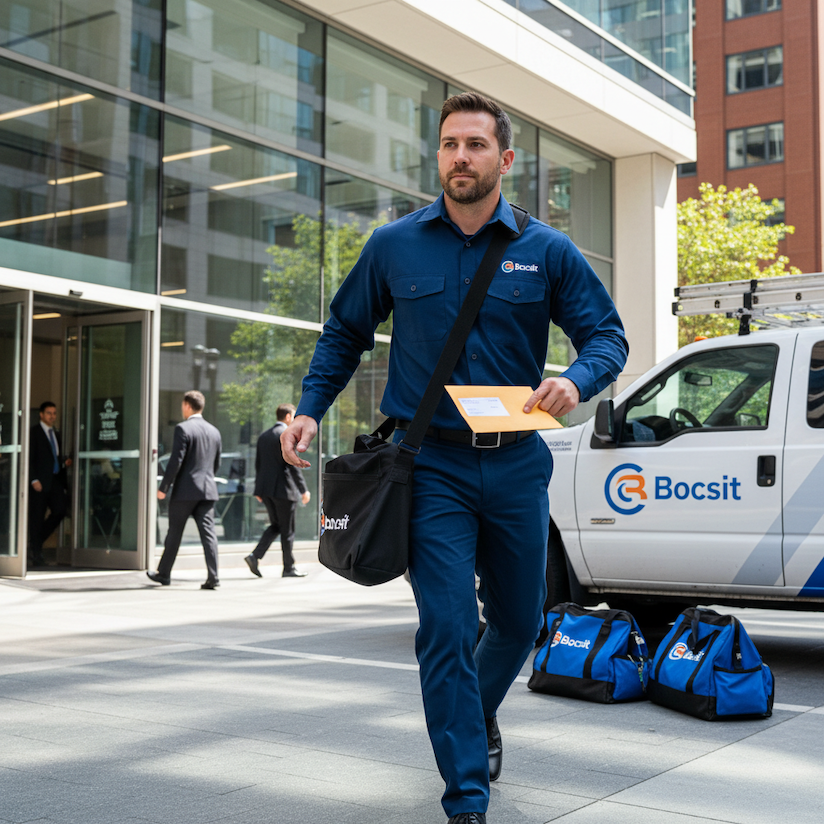Navigating Through the Night: Essential Fatigue Management for Courier Drivers

Driving long hours, especially through the night, is an integral part of a courier driver's job. However, the monotonous hum of the engine and the endless expanse of the road can quickly turn into a recipe for fatigue. This isn't just about feeling sleepy; it's a serious safety hazard that can lead to reduced reaction times, impaired judgment, and in the worst-case scenario, accidents. So, how can courier drivers fend off fatigue and keep their wheels—and eyes—safely on the road? Let's explore some essential strategies.
Understanding the Signs of Fatigue
First things first, recognizing the signs of fatigue is crucial. Yawning, heavy eyelids, drifting from your lane, and missing exits or traffic signs are all red flags. Acknowledging these symptoms early on can be the difference between a safe journey and a potentially hazardous situation.
Strategies for Staying Alert and Safe
- Prioritize Quality Sleep: This might seem obvious, but it's the foundation of fatigue management. Aim for 7-9 hours of good-quality sleep before your shift. Consider blackout curtains or a white noise machine to enhance sleep quality, especially if you're sleeping during the day.
- Take Regular Breaks: The power of a short break can't be overstated. Even a 15-minute pause every 2 hours can significantly reduce fatigue. Use this time to stretch, walk around, or have a snack. It's not just about resting your eyes; it's about getting your blood flowing.
- Stay Hydrated and Eat Healthily: Dehydration and poor nutrition can exacerbate feelings of tiredness. Keep a water bottle handy and opt for light, nutritious meals or snacks. Heavy meals can increase fatigue, so think of fruits, vegetables, and proteins over fast food.
- Limit Caffeine Intake: While caffeine can help in short bursts, reliance on it can lead to crashes later on. Use it sparingly, and avoid caffeine close to the end of your shift to not disrupt your sleep pattern.
- Listen to Engaging Audio: Music, podcasts, or audiobooks can keep your mind active and alert. Choose something engaging but not too distracting. Sometimes, a good podcast or an intriguing audiobook is all you need to keep the monotony at bay.
- Use Technology Wisely: Apps that remind you to take breaks or help monitor your alertness can be beneficial. However, ensure it doesn't distract you from driving. Safety first!
- Practice Good Posture: Poor posture can lead to discomfort and fatigue. Adjust your seat for proper support, keep your back straight, and change your position slightly from time to time to avoid muscle stiffness.
Creating a Culture of Safety
For courier companies, creating a culture that prioritizes the safety and well-being of drivers is crucial. This includes:
- Encouraging Open Communication: Drivers should feel comfortable reporting fatigue without fear of reprimand.
- Offering Training: Educate drivers on recognizing fatigue and effective strategies to combat it.
- Implementing Realistic Schedules: Ensure driving schedules allow for adequate rest and are compliant with regulations regarding driving hours.
The Road Ahead: Policy and Technology
Looking forward, advancements in technology and policy changes offer hope for better management of driver fatigue. Wearable tech that monitors signs of fatigue and advanced driver-assistance systems (ADAS) can provide critical alerts. Moreover, policies that encourage or mandate rest breaks can play a pivotal role in preventing fatigue-related incidents.
Managing fatigue is not just the responsibility of the individual driver but a collective effort that involves companies, policymakers, and technology providers. By employing the strategies discussed and fostering an environment that prioritizes safety, courier drivers can navigate their routes not just with efficiency but with the utmost safety, ensuring they—and their precious cargo—arrive safely every time.


















